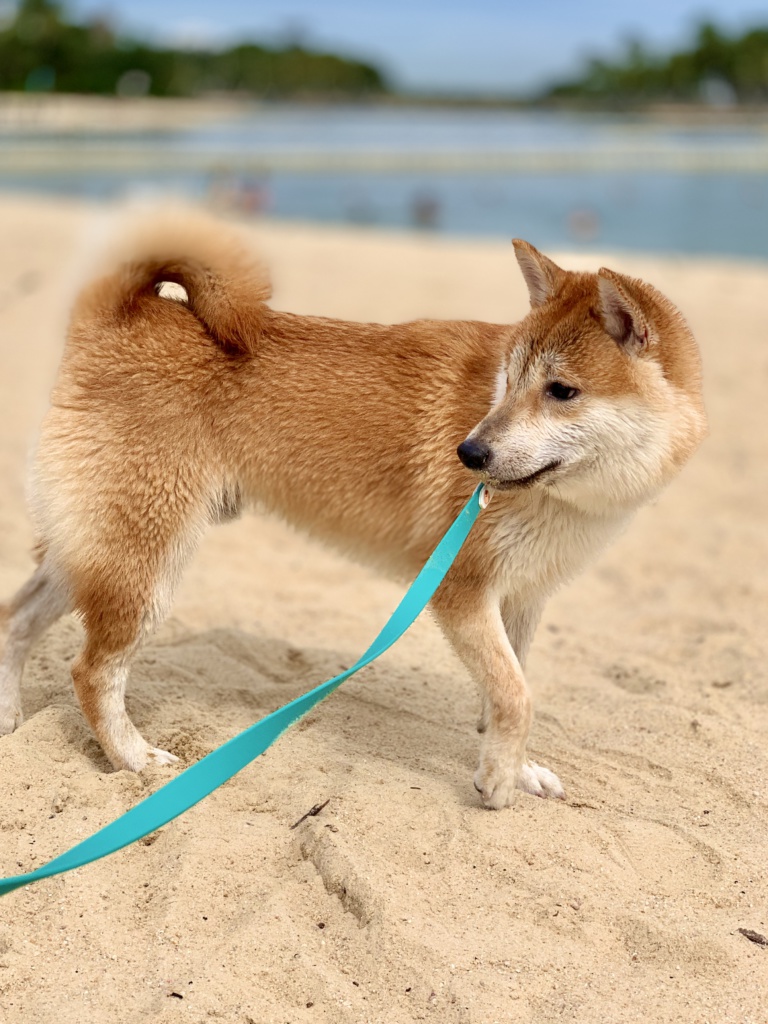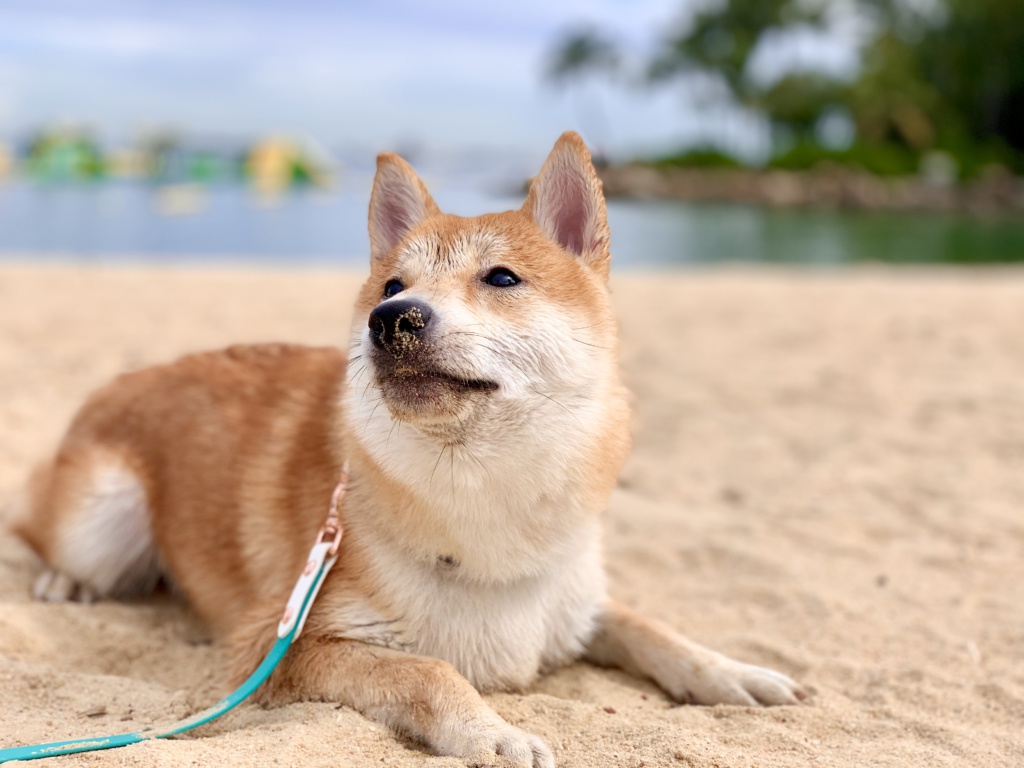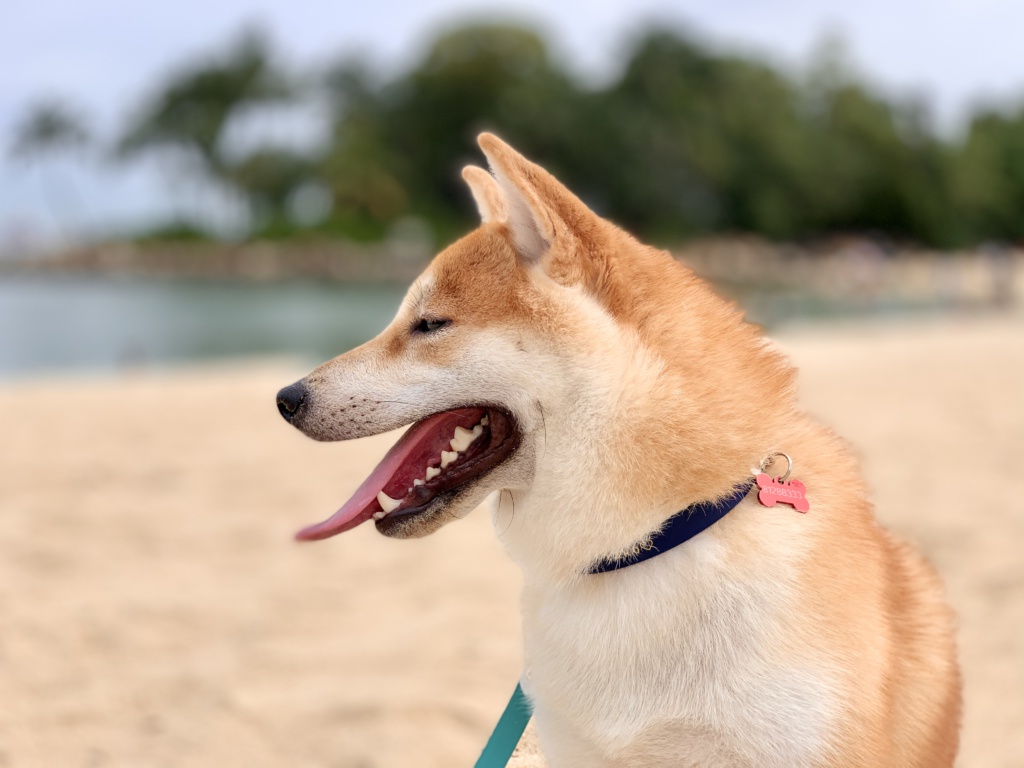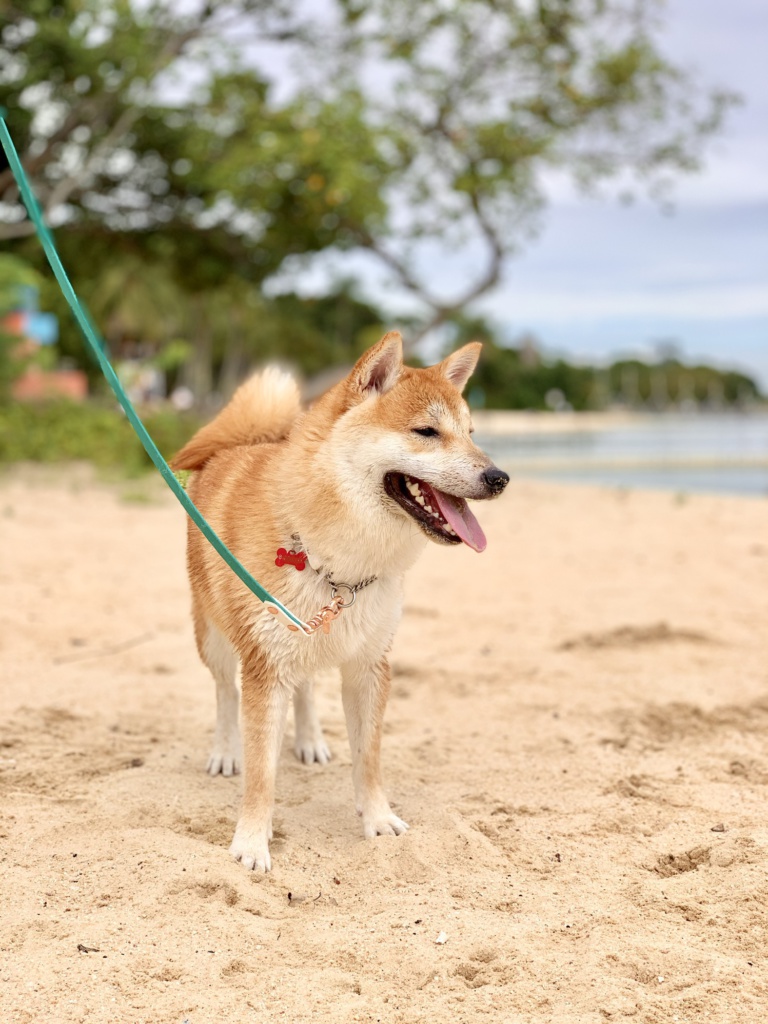Our personal experience
We often receive queries from fellow pawrents who ask us where we take our outdoor photos, what camera we use, and how we managed to get clear and bright photos of Taro! While we are by no means professional photographers (PS. in fact, we snap most of our pictures with our iPhone!), we would love to share some tips on how to get some memorable and clear photos for you to keep (or post on IG!)

1. Is your doggo in a calm mood?
This is an important point often overlooked by most pawrents! There is no way you can snap a nice clear photo if your dog is in an overly-playful mood and is constantly breaking his/her sit-stay position. Tips – we usually start our photoshoot sessions by taking Taro for a long walk or letting him interact with other dogs. After the walk, Taro will be calmer and tend to stay better – more time for hoomans to snap photos!

2. Avoid crowded photo spots
This goes without saying – it is difficult for most dogs to stay focused when there are tons of people and dogs walking past. Furthermore, most people would prefer photos where there are as little photobombs as possible. We like to bring Taro to spots in a park where there are fewer people walking by – other than your doggo being less distracted, you also get to snap more photos in peace without feeling too conscious of yourself squatting in front of your dog with your phone for too long a period of time >.< Places, where there is plenty of room for walking and photoshoots, include Bishan Park (huge park, you can definitely find less crowded spots!), East Coast Park, and Lower Seletar Reservoir.
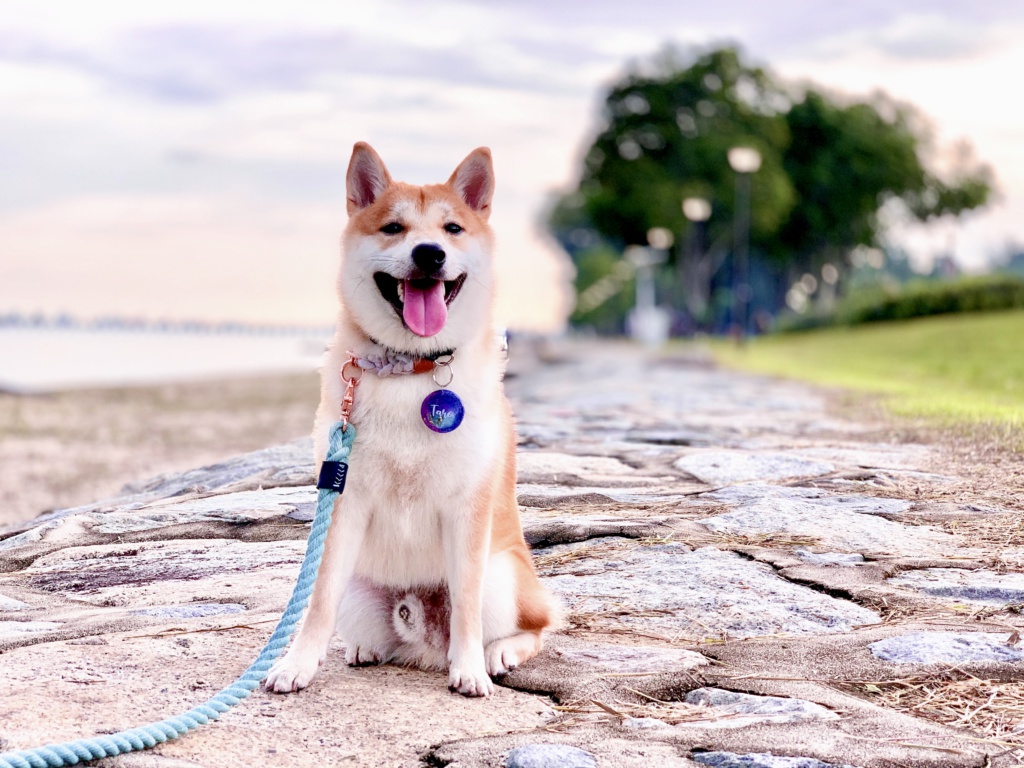
3. Take advantage of the (good) weather
We love taking photos around 5 to 6.30pm. This gives you a good chance of taking sunset photos, and we try to avoid gloomy days because the surroundings can differ so much with some sunshine. Below are some sunset photos that we really love – disclaimer: they are definitely a stone’s throw from professionally-taken photos, but good enough for our own keepsake 🙂 Bonus – they are ALL taken with iPhone only. We love snapping photos on the go without carrying heavy cameras.
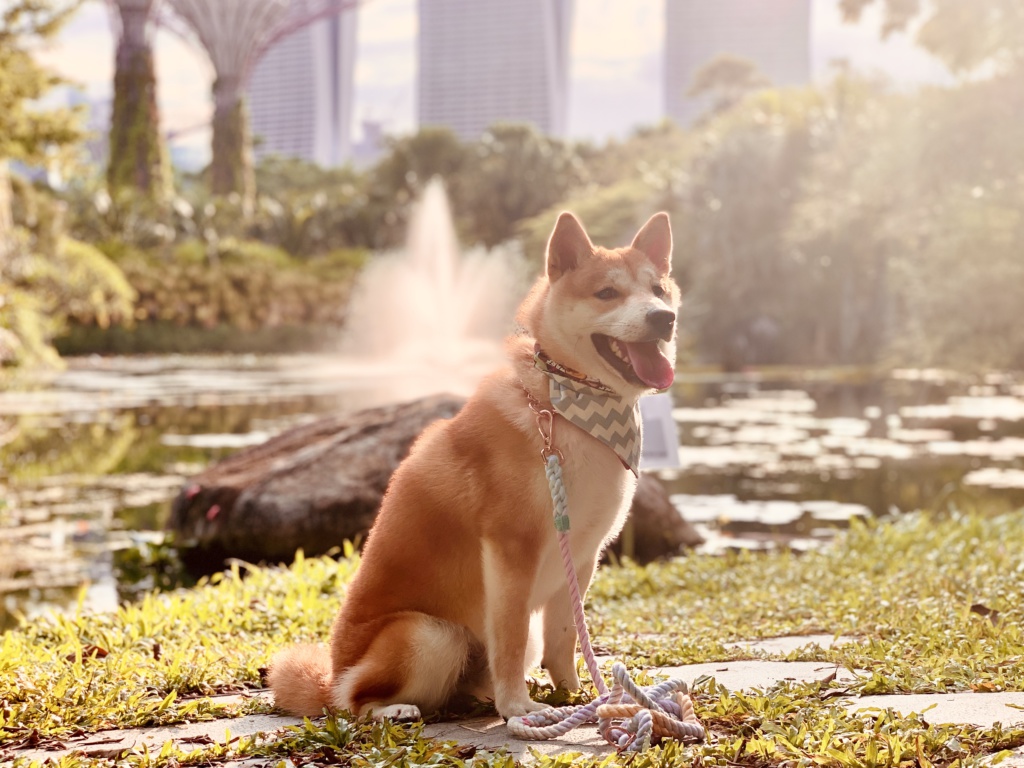

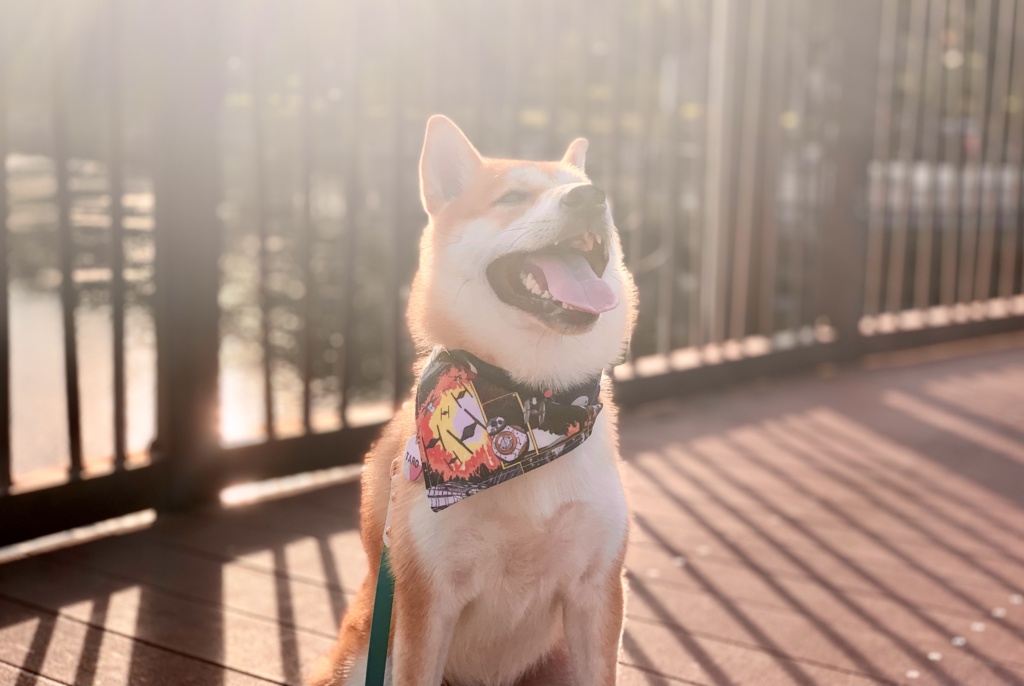
4. Make use of some blooms
This is up to your personal preference, but we love having blooms in our photos! If you use aperture on your camera or portrait mode on your iPhone, you can actually achieve some nice effects with a random flower bush.

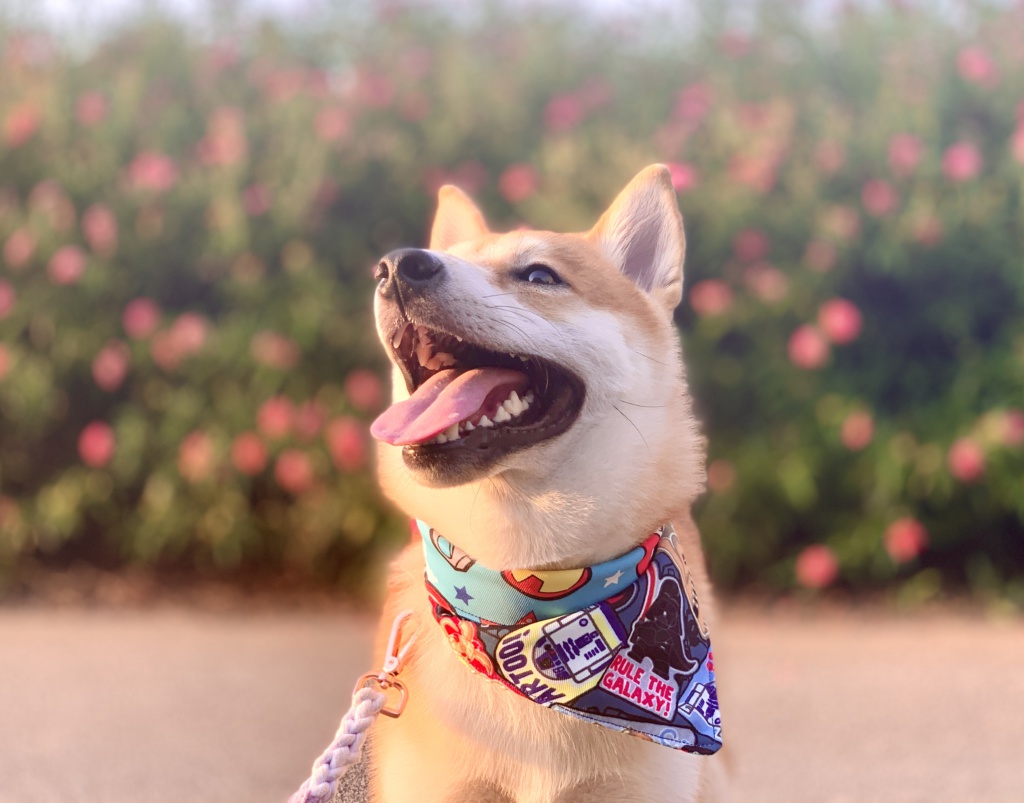
5. Can’t get your furkid to stay still? Try putting them on a bench 🙂
Not all dogs are pawfect at sit-stay, and on certain days they are extra distracted! Sometimes, we love to make use of that random park bench to snap some photos 😉
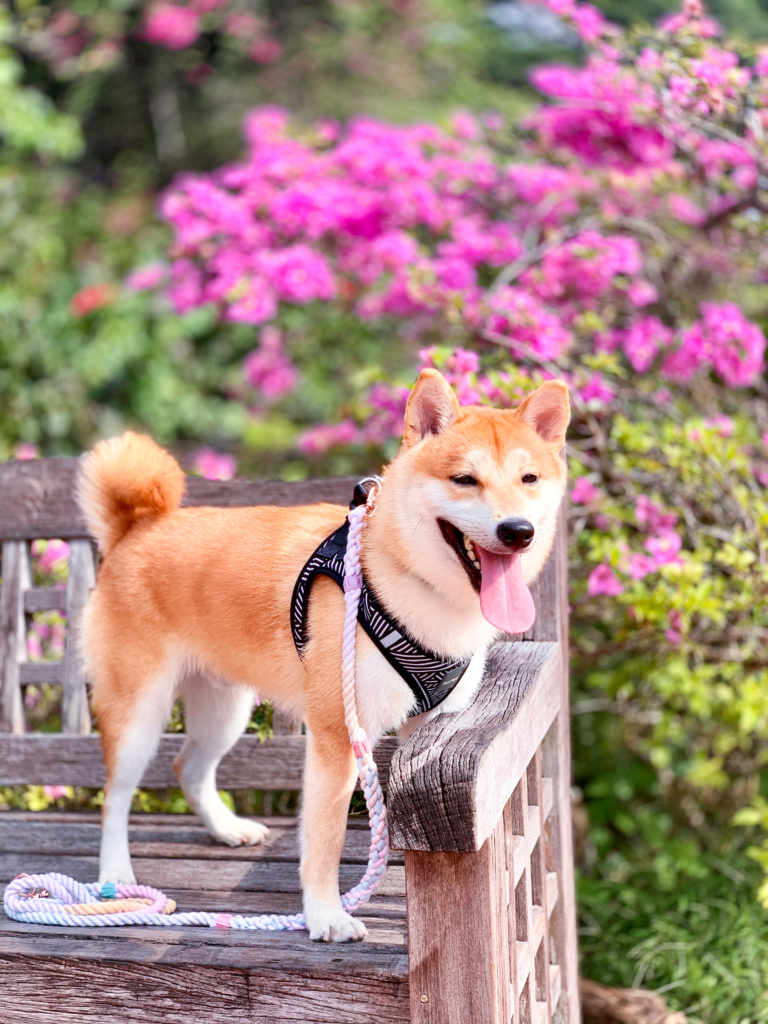
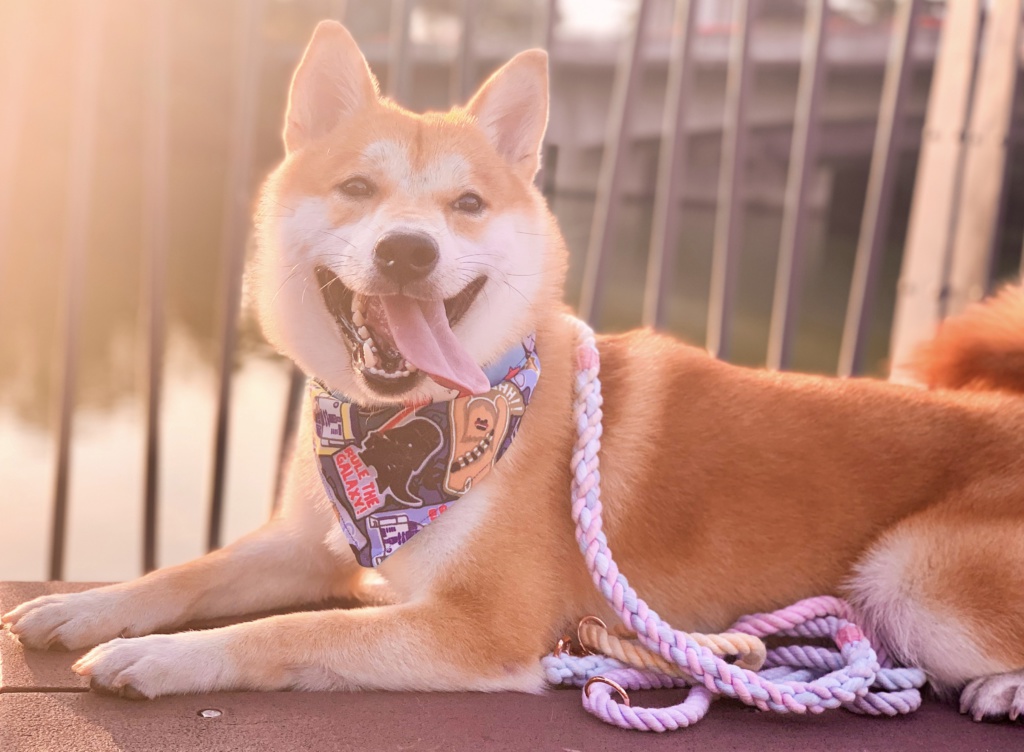
6. Basic Editing – simply use your phone photo-editing app or Lightroom
We usually do some basic editing of our photos – no complicated or paid app or Photoshop, we do it only using our iPhone photo app editing functions and Lightroom. There are many ways of editing a photo and different people have different preferences, so there is no right or wrong to this! For our own photos, we like them bright and vibrant. We would usually adjust the brightness and color of the photos slightly. Lightroom does this pretty well without making your photos look over-exposed or unnatural.

Places we love to go
Our frequently visited places for walks and photos are – Punggol Waterway Park and Sengkang Riverside Park (these parks can be pretty crowded though, but they are near to us), East Coast Park, Bishan Park, and a new favorite Lower Seletar Reservoir. We also love Botanic Gardens and Gardens by the Bay but they are a little further for us. Share with us your favorite places for photoshoots/walks below! And thank you for reading! We hope this article helps pawrents without professional cameras to take nice and memorable photos of their furkids for keepsake 🙂


